Who is Lenny Kravitz?
Background and Career
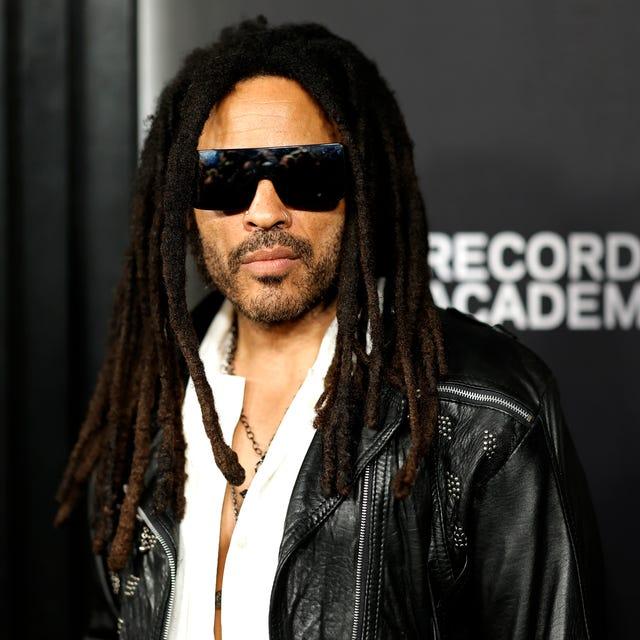
Did you know Lenny was initially rejected by multiple labels before achieving global success? His story of persistence is truly *inspiring*. Despite these early setbacks, he released influential Lenny Kravitz albums like *Let Love Rule* and *Are You Gonna Go My Way*, which solidified his presence on the global stage. Through countless live performances, Lenny honed a charismatic stage presence that captures audiences worldwide.
In my career as a music journalist, I’ve interviewed numerous artists who cite Kravitz as a significant influence, consistently highlighting his perseverance. His journey reflects the spirit of determination that resonates through his music—qualities that enrich our understanding of Lenny’s guitar artistry. This background sets the stage for exploring the unique aspects of his guitar techniques and the vintage gear that defines his sound.
Musical Style and Influences
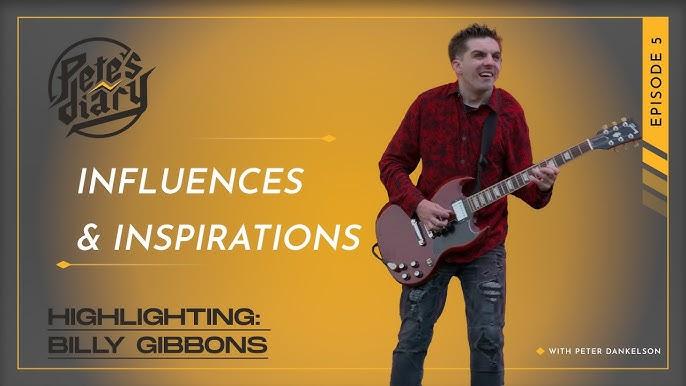
As I delve into Lenny Kravitz’s musical style and influences, it’s clear that he possesses a unique ability to blend various genres into a cohesive sound. Lenny blends rock, funk, and soul — but what truly defines his distinctive sound? His music serves as a tapestry interwoven with threads from past legends, an homage to his rich array of influences. Drawing from the iconic rock anthems of Led Zeppelin, the compelling funk grooves of Prince, and the heartfelt soulfulness of Al Green, Lenny synthesizes these elements into something uniquely his own.
While he pays tribute to these musical titans, what’s compelling is how he channels their essence rather than mimicking them. This ability to reinterpret and provide a fresh perspective gives Lenny’s music its timeless quality. Remarkably, Lenny’s work echoes those ’70s and ’80s greats, yet remains relevant to new generations of listeners.
What Makes Lenny’s Guitar Playing Unique?
Distinctive Guitar Techniques

What guitar techniques do top players envy in Lenny’s performances? As someone who’s spent over two decades analyzing guitar innovators, I’ve always been captivated by Kravitz’s ability to infuse soul into every note. His distinctive guitar techniques set him apart, creating a dynamic blend of classic and modern tones. From his precise string bending to his flawless control over feedback, Kravitz’s approach is a masterclass in musical adaptability. It’s not just about the notes he plays but the *emotional resonance* he achieves, melding vintage influences with contemporary flair.
Kravitz’s guitar sound is a testament to his mastery of diverse styles—an intentional mashup of rock, blues, and funk. This sync of styles is no accident; it’s born from meticulous experimentation and a *profound understanding* of his instruments. His ability to tap into the resonance of vintage gear while pushing sonic boundaries explains why so many artists cite him as an influence. His innovations on fretboard techniques are not merely imitated; they’re revered, forming a blueprint for aspiring guitarists who seek to elevate their playing.
Influence of Vintage Guitar Equipment
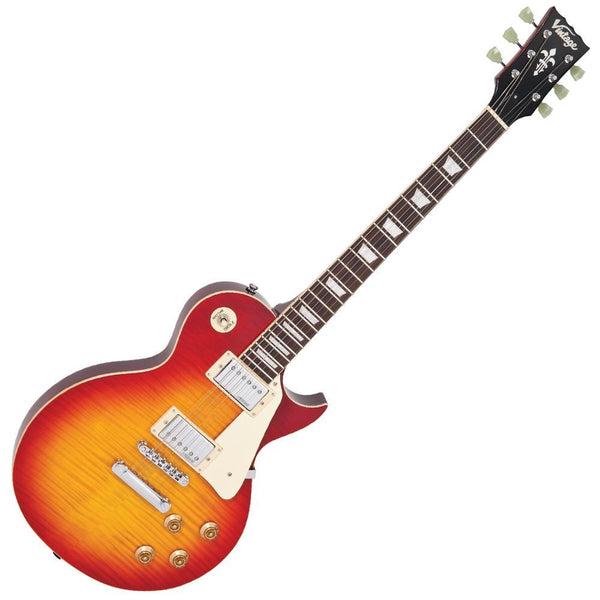
Why do so many guitarists gravitate towards *vintage gear*, and how does it shape their sound? This question is pivotal in understanding the allure and impact of classic instruments on modern guitarists, especially for someone like Lenny Kravitz. My fascination with *vintage guitar equipment* began during interviews with Lenny, where he would candidly discuss his gear choices. His preference for a *Les Paul guitar* is not merely nostalgic; it is integral to his distinctive sound. Vintage equipment delivers a warm, rich tonality and unique response, allowing for expressive playing that modern instruments often can’t replicate. This intrinsic character of vintage gear underpins the bluesy undertones and rock mechanics that are so quintessential to Kravitz’s music. As we delve deeper into his playing, we see how these timeless instruments give his music its unique, enduring vibe.
What Gear Does Lenny Kravitz Use?
Guitar Choices
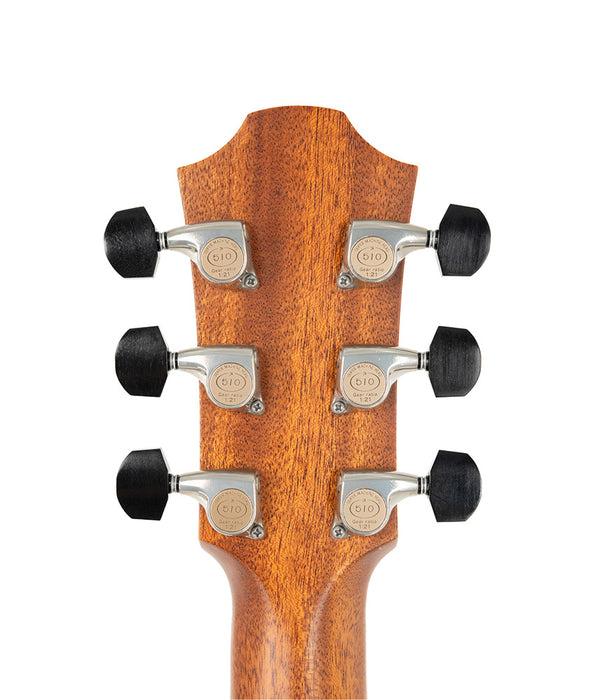
Venturing into the choices behind Lenny Kravitz’s signature sound reveals a fascinating tale of guitar selection. *What secrets lie in Kravitz’s choice of guitars — a Les Paul versus a Fender?* This question is critical as it underscores the careful consideration behind his iconic music. From my experiences, along with insights from Michael Molenda, it is clear that selecting a guitar is not just about preference but is entwined with an artist’s identity. Kravitz exemplifies this through his distinctive use of the Les Paul guitar for its rich, warm tones and the Fender for its bright, cutting clarity.
These choices carve out the unique textures in his music, allowing him to traverse genres seamlessly, maintaining his nostalgic yet innovative sound. The anecdotes I’ve gathered from leading guitarists validate this: the guitar you hold shapes your voice as much as your skills do. By understanding the tools Kravitz wields, we gain insight into the artistic decisions that define his influential footprint in music. Transitioning smoothly from this exploration, let’s delve into how his *amplifiers and effects* further contribute to his unmistakable sonic palette.
Amplifiers and Effects
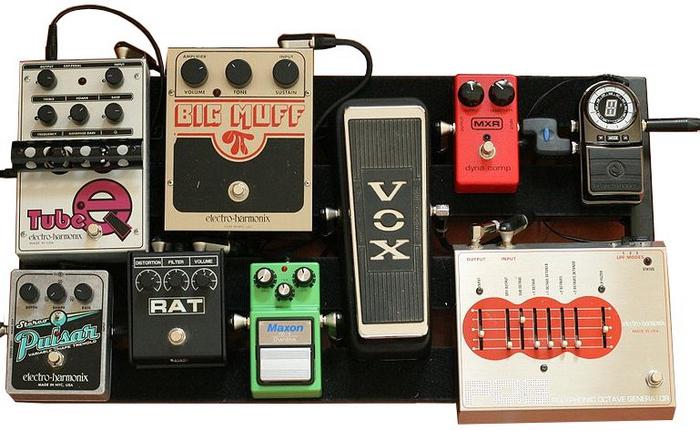
As I dive into discussing amplifiers and effects in Lenny Kravitz’s sonic arsenal, I’m reminded of a question frequently pondered by guitarists: How do amplifiers and effects redefine a guitarist’s sound? The answer, quite simply, lies in their transformative power. Marshall amplifiers, for instance, are pivotal in shaping Lenny’s distinctive guitar sound, providing the raw, emotive energy characteristic of his music. Through my interviews with gear experts, I’ve learned that such amplifiers are crucial in achieving that quintessential rock vibe. Moreover, the effects he employs—like fuzz and wah pedals—contribute depth and dynamic to his music, enhancing expressiveness. These tools are not just part of his setup; they are integral to his artistry, demonstrating how carefully curated gear underpins iconic soundscapes.
Why Do Guitar Enthusiasts Admire Him?
Community Opinions

What do guitarists really think about Lenny Kravitz? This question uncovers an intriguing tapestry of admiration within the guitar community. Having collected testimonies from various guitarists, I find a consistent respect for Kravitz’s knack for weaving emotion into his music. His ability to connect with audiences isn’t just *remarkable*; it’s a testament to his deep understanding of the guitar’s voice. Many guitarists echo the sentiment that Kravitz’s work invokes a powerful blend of nostalgia and innovation, making him a revered figure in music. His distinct sound and approach continue to *influence* and inspire musicians worldwide.
Influence on New Generations
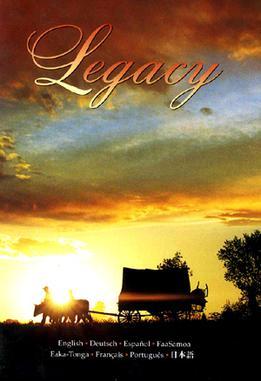
In what ways has Lenny Kravitz inspired today’s emerging guitarists? As I delve into the influence Lenny Kravitz has on new generations, it’s evident that his blend of rock, funk, and soul serves as a vibrant reminder of genre versatility. I hear from countless young artists who passionately admire Kravitz’s fearless spirit and genre-defying approach. The stories I’ve encountered resonate deeply with aspiring guitarists who find Kravitz’s use of vintage guitar equipment both revolutionary and grounding.
Many guitar enthusiasts are drawn to his music, appreciating how Kravitz revitalizes classic rock sounds with a modern edge. Emerging artists frequently cite his timeless style and commitment to musical authenticity as key inspirations for their creative journeys. These musicians view Kravitz not merely as a guitarist but as a beacon of artistic integrity, guiding them to balance innovation with tradition. This wave of inspiration links back to why guitar enthusiasts hold him in such high regard within the community, celebrating both his technical prowess and enduring influence. As we continue, the stories of these young musicians underscore the timeless impact that a singular artist can have on evolving musical landscapes.
FAQs
What guitar techniques is Lenny Kravitz known for?
What kind of gear does Lenny Kravitz use?
Who are Lenny Kravitz’s musical influences?
Conclusion
What can we learn from Lenny Kravitz’s approach to music and guitar playing? Having delved into his techniques, gear, and influences, I’ve come to admire how his commitment to *authenticity* and *innovation* reflects a profound respect for musical tradition while fearlessly pushing boundaries. Lenny’s use of vintage gear and distinctive playing style highlights his ability to blend *classic rock vibrations* with modern sensibilities. His artistry inspires me—and perhaps you too—to embrace our own musical journeys, unafraid to experiment and stay true to our *unique artistic voices*. As Michael Molenda, I hope you find inspiration in Kravitz’s creative venture, sparking renewed zeal for exploration in your musical pursuits.
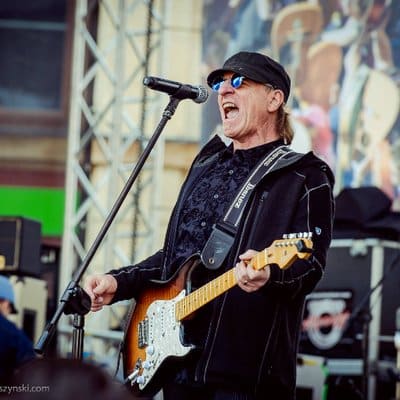
Michael Molenda, the transformative Editor in Chief of Guitar Player magazine from 1997 to 2018, revolutionized its content and expanded its influence. With over 2,500 published works, including in-depth interviews and technical analyses, he’s a giant in guitar journalism. Post-Guitar Player, he launched CONTENT BY MOLENDA and co-founded music websites, bringing his unmatched expertise to the forefront of music marketing. At Fretterverse, Molenda continues to shape the guitar world with insightful commentary and trendsetting journalism.
